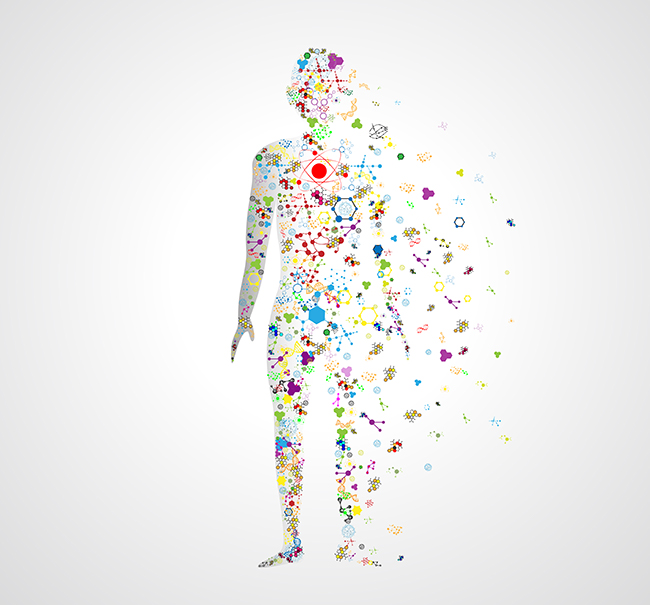
Managers and supervisors are often caught off guard by being named the responsible management official (RMO) in an Equal Employment Opportunity (EEO) complaint. Employees who feel the need to file a complaint of discrimination are usually experiencing anxiety and other overwhelming emotions, and some may feel that they have reached a point where filing a complaint is the last resort. Complaints can increase tension and stir emotions between a manager and an employee. Nevertheless, the parties involved should remember to think of the complaint process as an opportunity for positive outcomes. If your podiatrist prescribes you new insoles to rectify foot pain, you might give up on using them because they feel uncomfortable or painful at first and are difficult to get used to. Rectifying problems is often uncomfortable, but the negative impact can be overshadowed by the positive outcomes if all parties involved put in the effort and consideration needed to address discrimination or issues in professional relationships.
With some imagination, we can use an analogy to identify the anatomy of an EEO complaint. Like the human body, an EEO complaint has “vital organs” essential to the structure of the process. The function of each organ contributes to the success of the process and can provide insight into the moving parts of an EEO complaint.
The basis of discrimination: Like the human brain, the basis of discrimination identifies the logic behind a complaint. Just as the brain provides the ability to reason, the identified basis provides the necessary rationale for the filing of a complaint. Without the identification of a protected basis, the complaint has no legal standing. The legally protected bases of discrimination include race, religion, color, age, disability, national origin, sex (which encompasses gender identity, sexual orientation, pay gap, pregnancy, etc.), genetic information, and reprisal/retaliation. Just as the brain is the control center and makes constant synaptic connections, the basis of discrimination connects a legal protection to a claim or claims. The basis identified in the complaint triggers Title VII of the Civil Rights Act of 1964 which prohibits discrimination in the workplace. Your brain and nervous system work hard to protect you from external dangers, just as the legally established bases work to protect you in the workplace.
Claims: Like the heart, claims pump the necessary blood to a claim of discrimination or retaliation. They provide the necessary nutrients and ingredients to engage in the process. Claims might also reflect the metaphorical heart of a case by revealing the experiences, perceptions, and emotions of the aggrieved person. Claims can include disciplinary action, harassment, reassignment, denial of reasonable accommodation, non-selection, non-promotion, and more. The complainant is responsible for providing specific dates and examples to provide context to the claim. The heartbeat of the EEO process might be revealed by the number or severity of claims in a particular case and how the claims are fleshed out as the process develops.
Remedy/Resolution Plan: Like the kidneys, the resolution plans or remedy requests function to remove the toxicity of barriers and unfair treatment. These methods aim to relieve the complainant of pain and find ways to rectify the situation. Remedy requests are sometimes unrealistic, and it is important to realize that every request may not be accepted or could be modified. A successful resolution aims to rebalance the relationship and provide all parties with an opportunity to cultivate a fair and just environment. Just as our kidneys keep our blood and bodies clean and free from toxins, resolution plans work to clean the workspace by establishing a fresh and healthy environment for everyone to thrive in.
Traditional Counseling/Alternative Dispute Resolution (ADR): Like the lungs, traditional counseling or ADR can breathe life into the process. Oxygen, in the form of conversation and/or solutions, can be delivered to every part of the complaint to resolve the issues and renew professional relationships. Counselors or mediators can metaphorically direct the individuals involved through the meditative breaths needed to successfully move through the entire process. Breathing also gives power to our voices, and both processes provide the proper setting for parties to express their thoughts and feelings. Traditional Counseling entails the shuttling of information that a counselor relays between parties with a goal of resolution while ADR requires all parties to engage and seek resolution of the problems in the same room with the help of a mediator. When we exhale, our lungs release carbon dioxide. Counselors and mediators help all parties to release tension, conflict, incorrect perceptions, and harmful beliefs.
Equity, diversity, and inclusion is vital to the health of NIH. With this understanding of the anatomy of the EEO process, we can all work together to identify, correct, and eventually, eradicate discrimination.
Do you have a story idea for us? Do you want to submit a guest blog? If it's about equity, diversity, or inclusion, please submit to edi.stories@nih.gov.
For news, updates, and videos, follow or subscribe to EDI on: Twitter, Instagram, Blog, YouTube.






